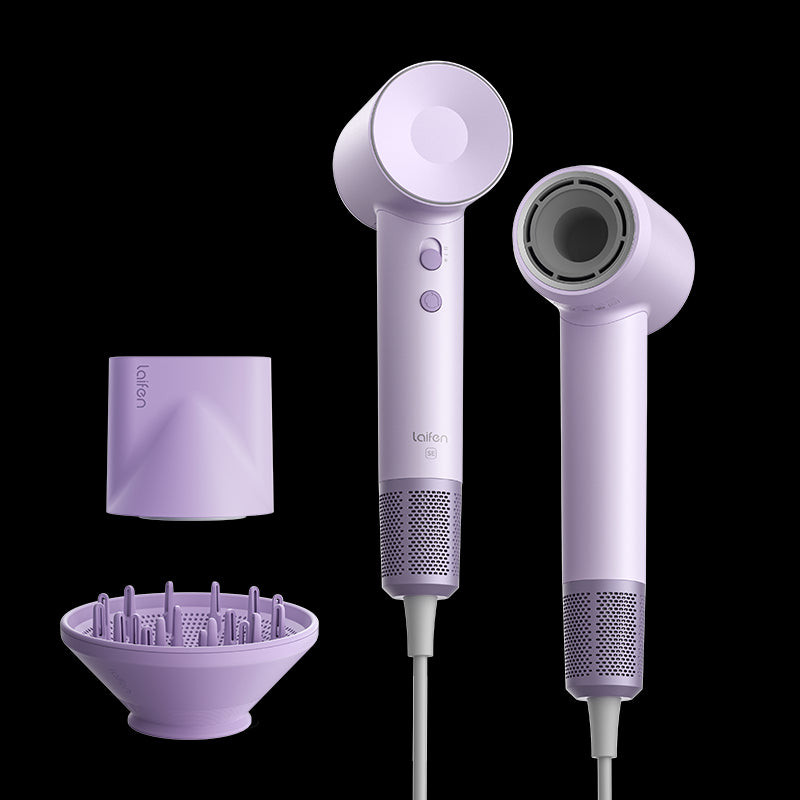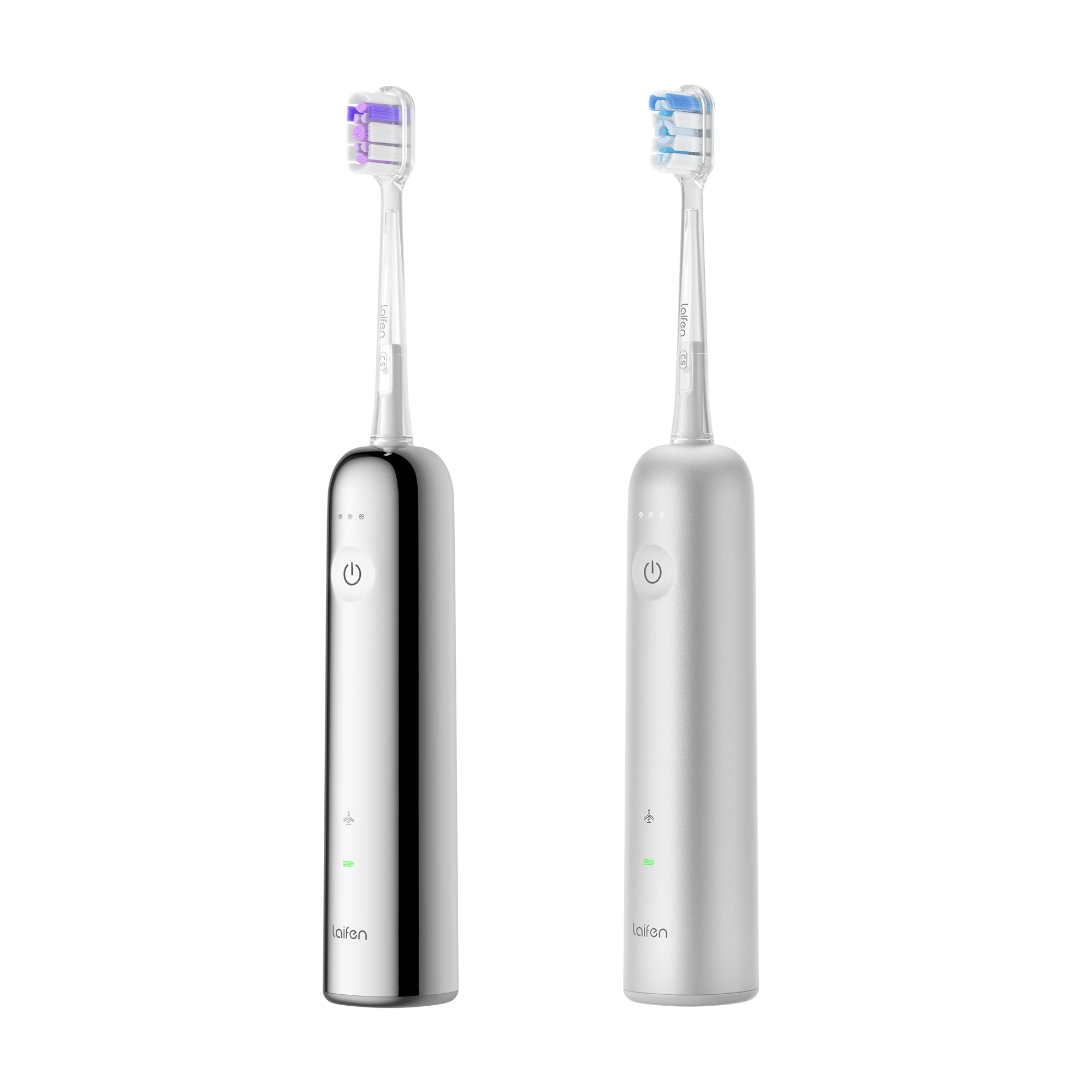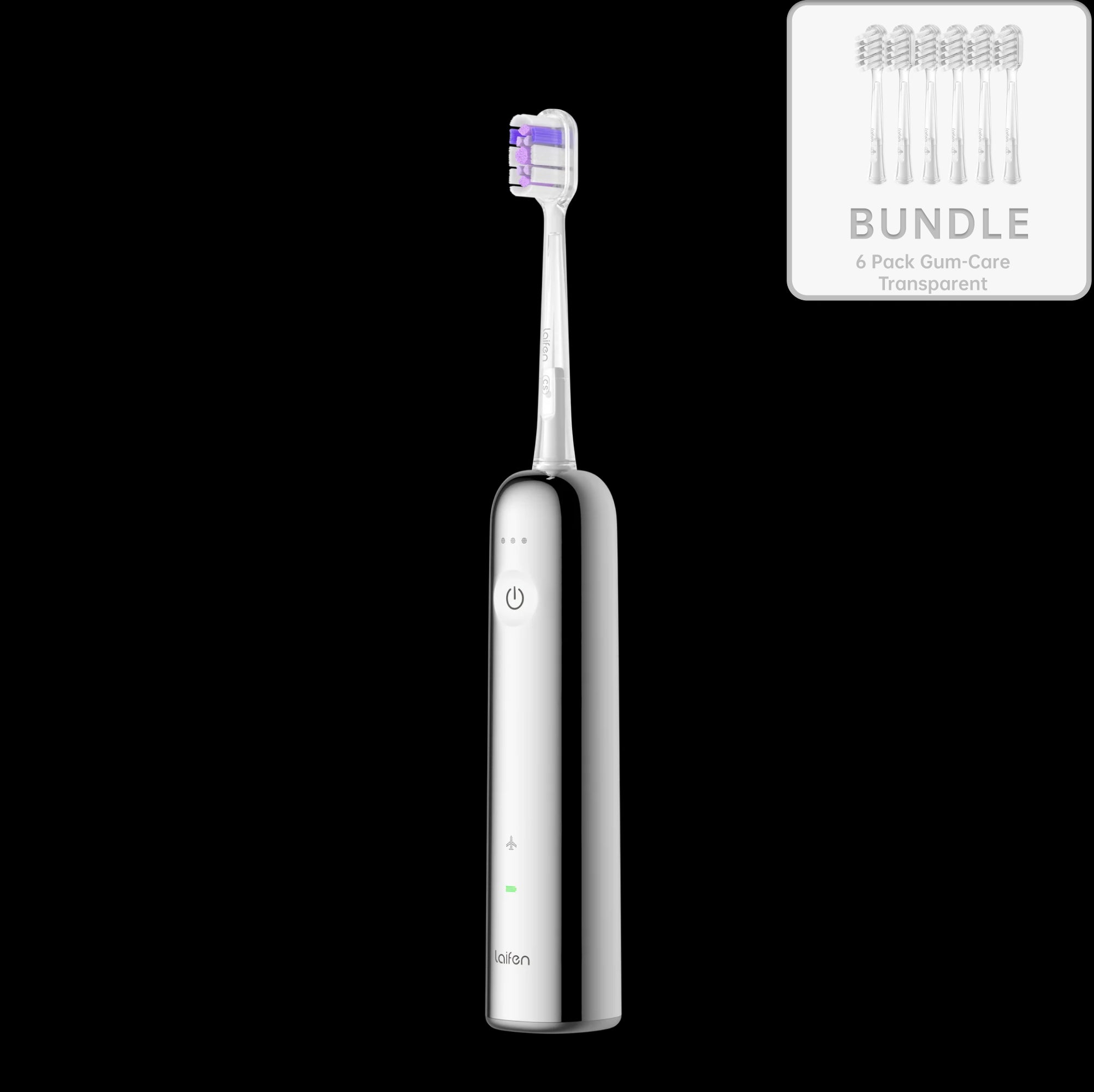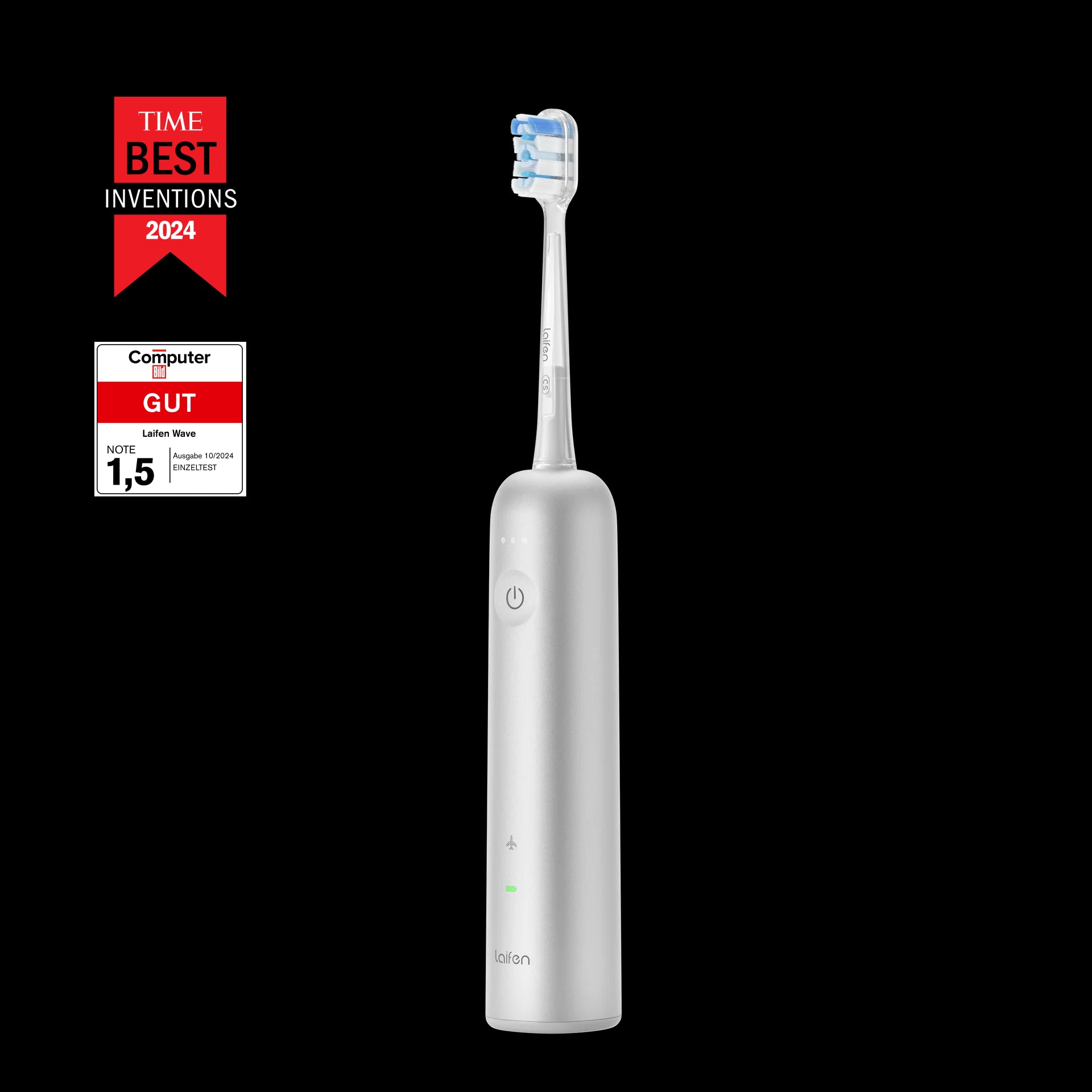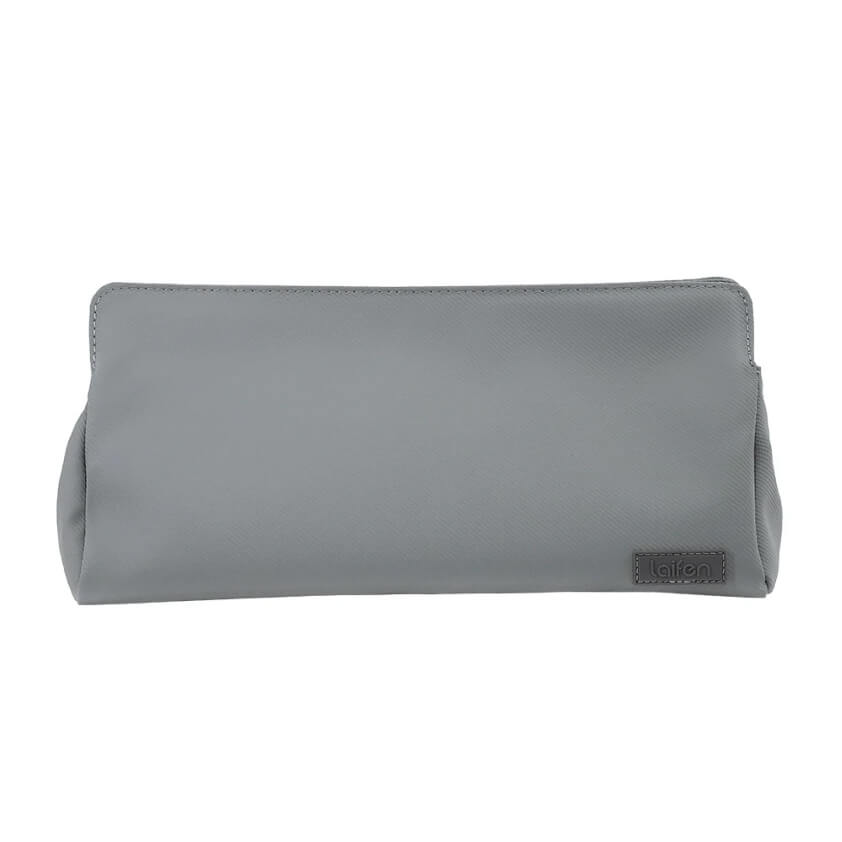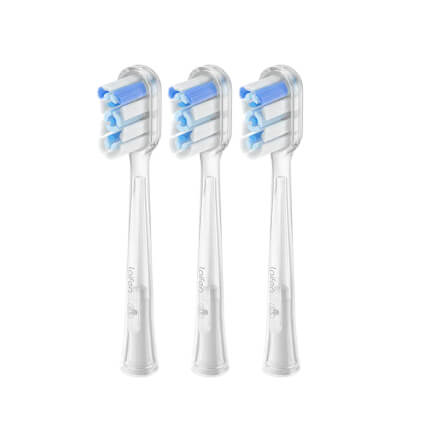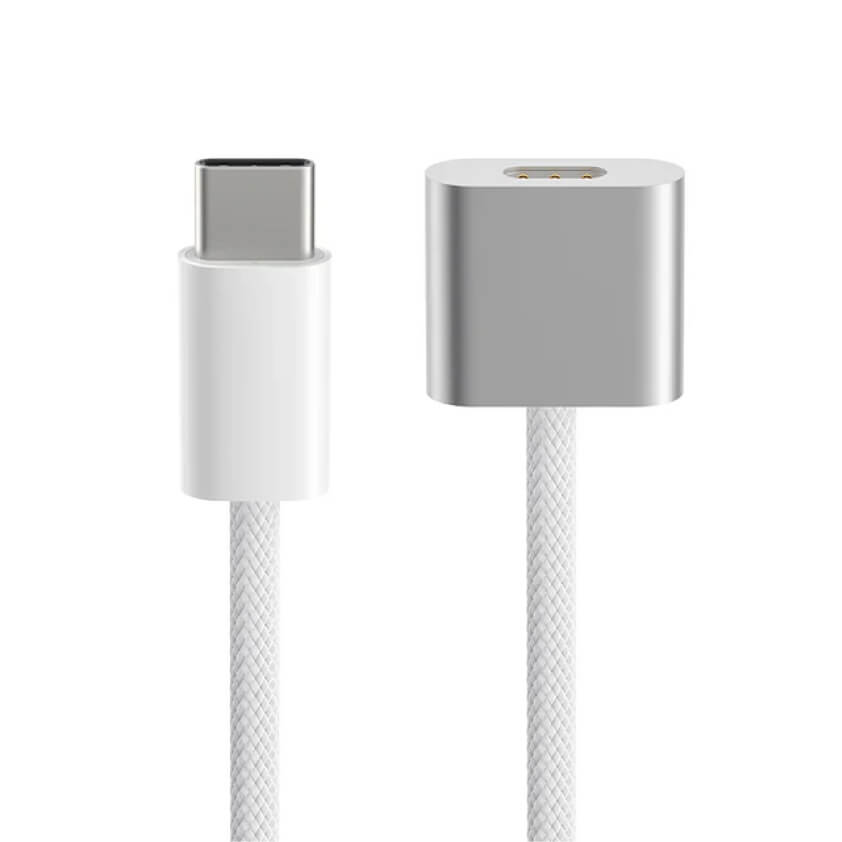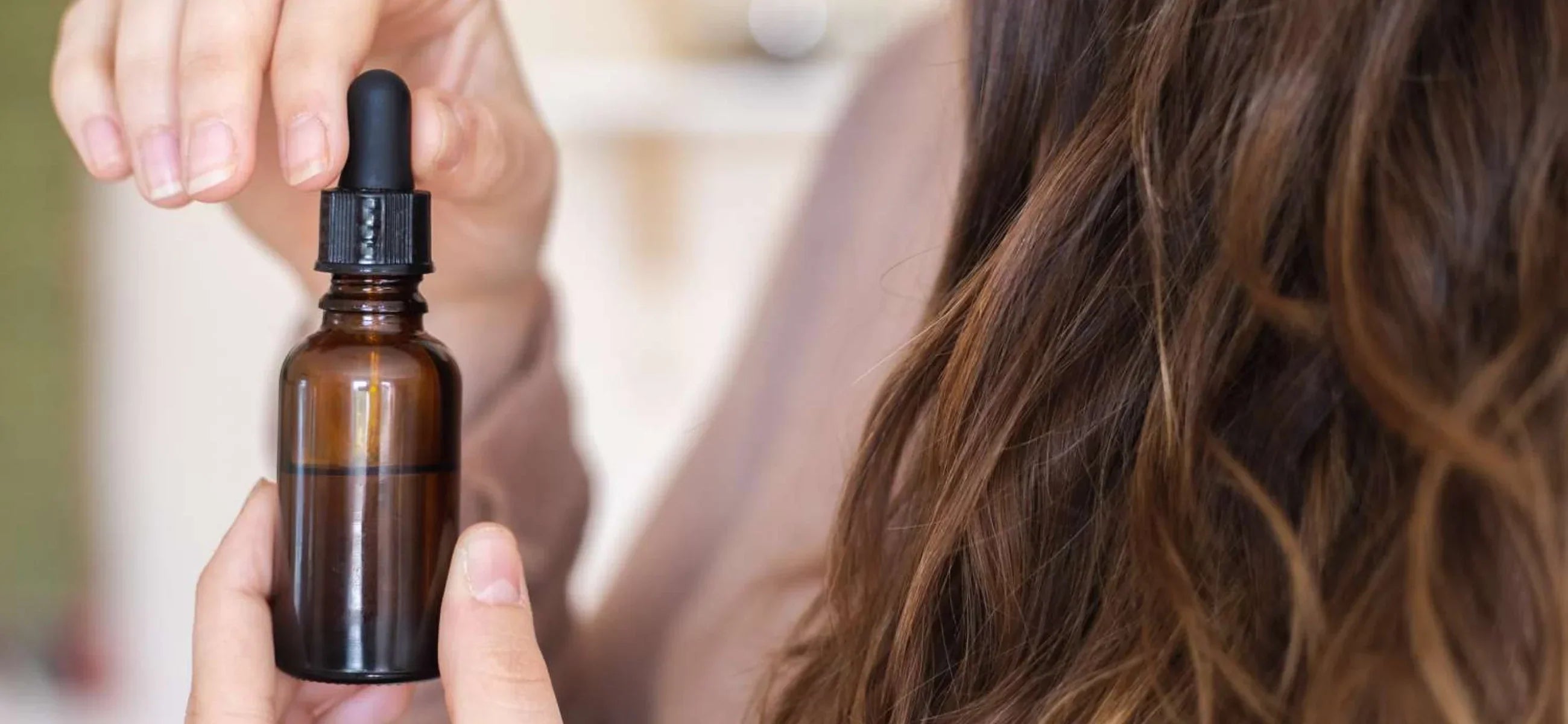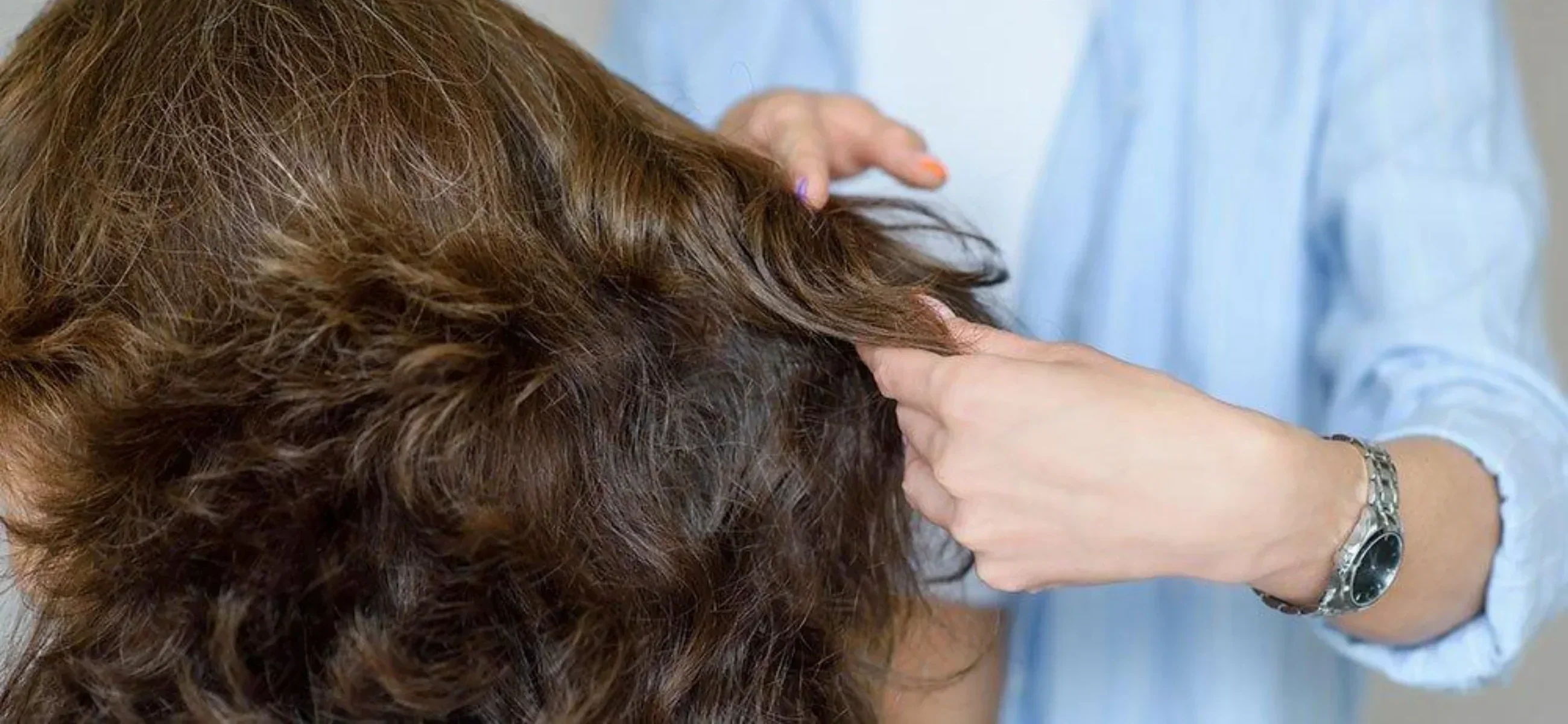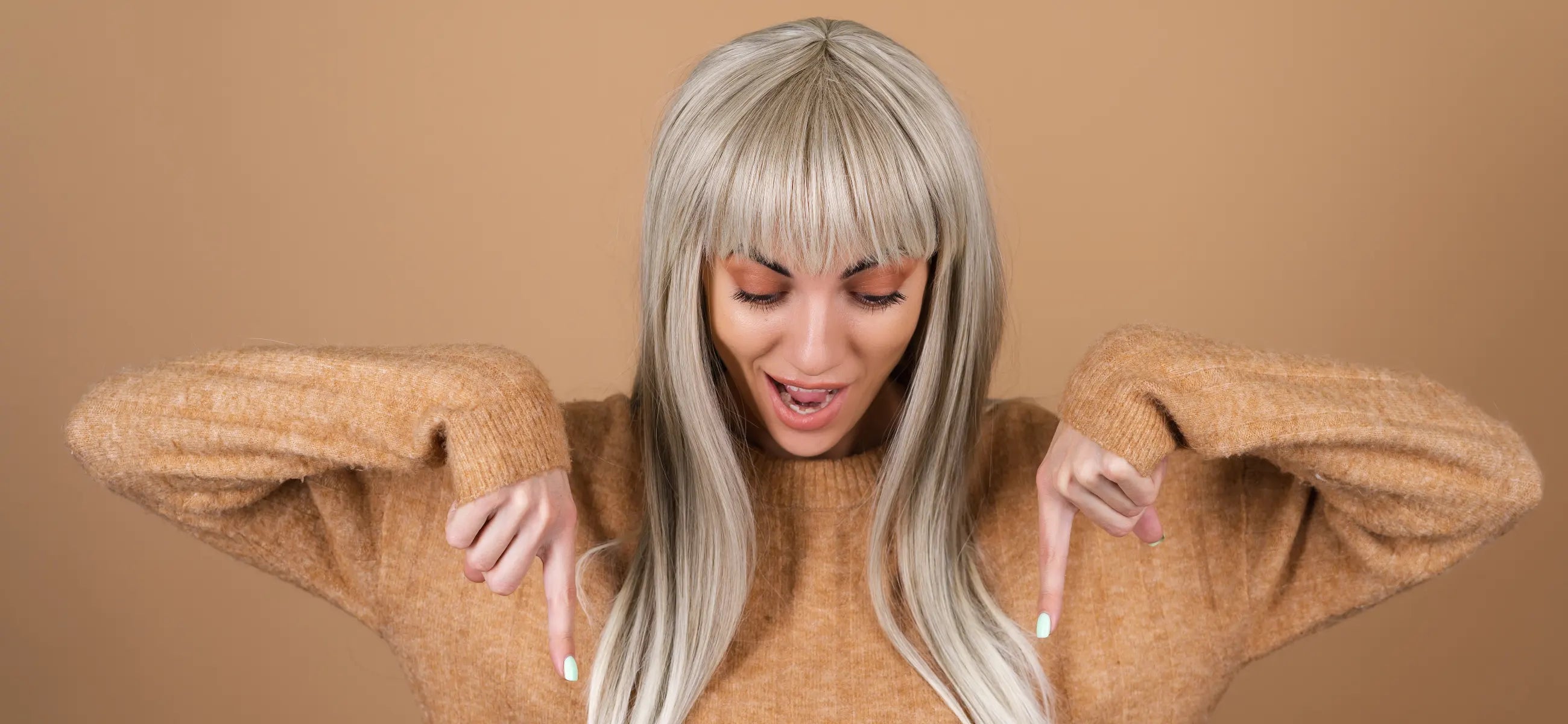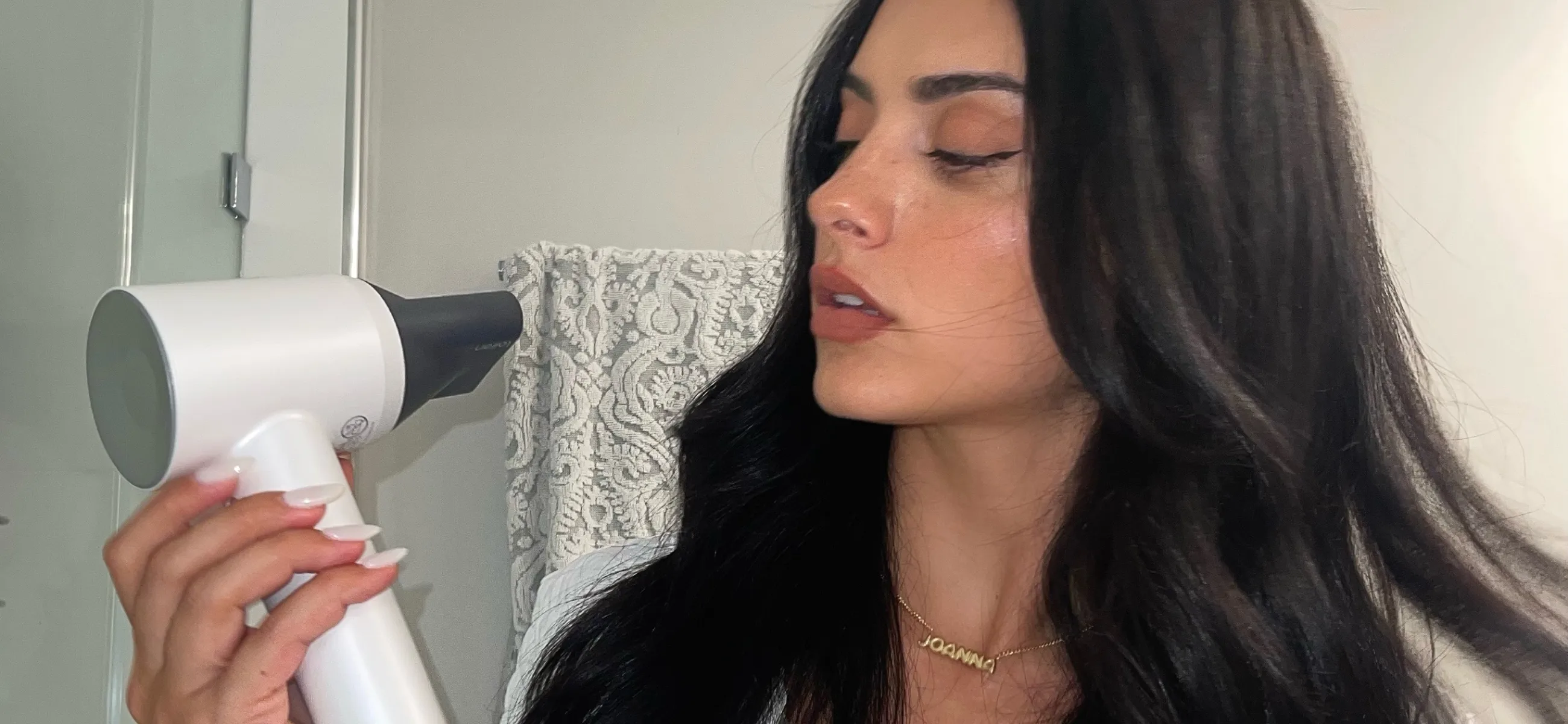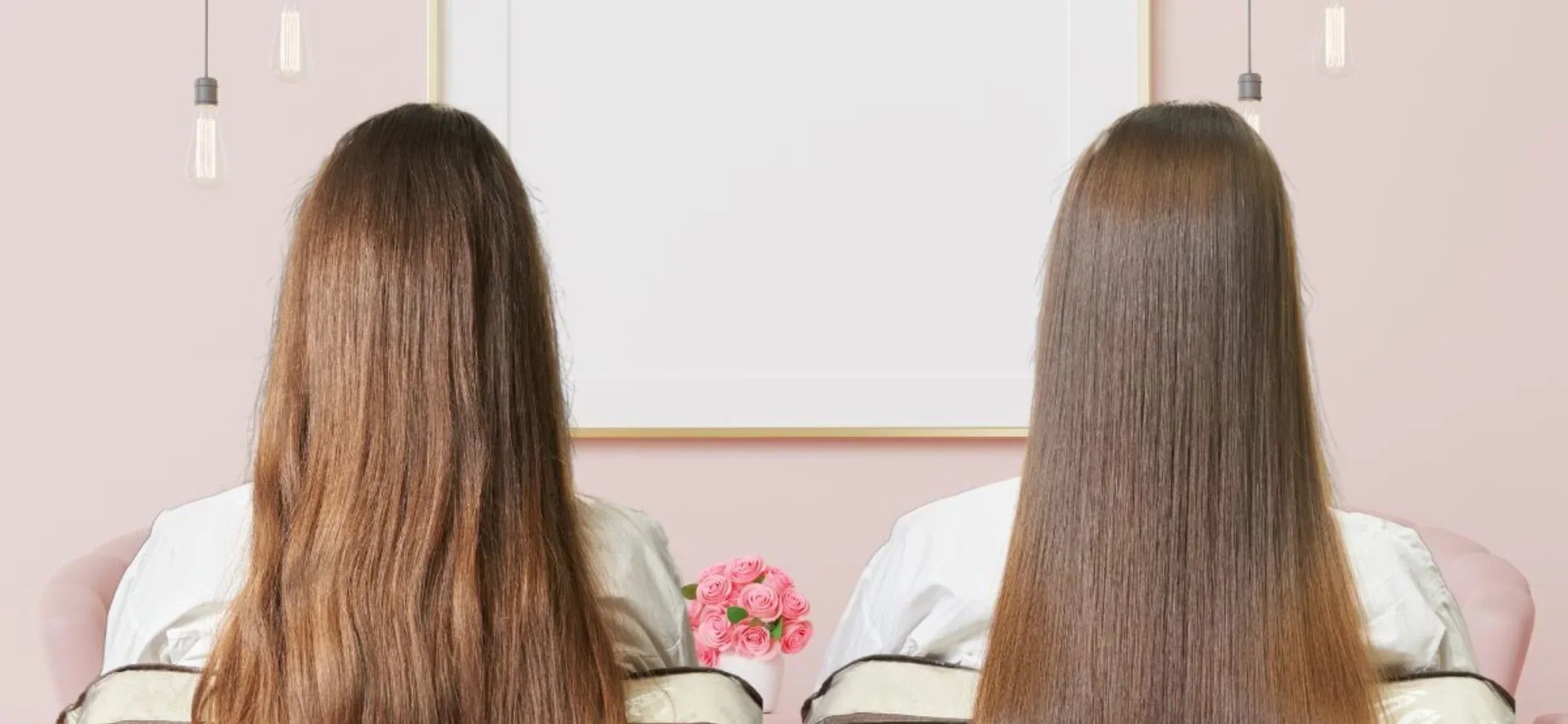
In this article
We’ve flat-ironed, deep-conditioned, and tried every frizz-fighting serum under the sun but keratin treatment? That’s in a category of its own. Known for transforming frizzy strands into glossy sheets of hair, this in-salon process has become a go-to for those chasing that effortless, "I woke up like this" sleekness.
But beyond the shine and softness lies a layer of chemistry, technique, and results that people are still trying to fully understand. What actually happens to your hair during a keratin treatment? Is it just for curls, or can fine, limp strands benefit too? Read, all matter.
Keratin hair treatment benefits
1. Keratin fills in the porous spots in your hair cuticle where frizz loves to live. Hair that stays calm even in humidity’s worst mood swings.
2. It’s about making it behave. Keratin smooths the roughness while preserving the body, so your strands move naturally, not stiffly.
3. Post-treatment, blow-drying takes minutes instead of forever. Hair dries faster, styles easier, and holds shape longer, basically a time-saver with style points.
4. Keratin reinforces weak spots along the hair shaft and makes strands more resilient to breakage, heat, and day-to-day wear.
5. By sealing the cuticle, keratin helps reflect light and protect color-treated hair from fading. Expect that “just-done” gloss to stick around longer than usual.
Before Keratin treatment
1. Know your hair history
Before you sit in the salon chair, take a mental inventory of everything your hair’s been through lately: coloring, bleaching, straightening, the works. Why? Because keratin doesn’t exist in a vacuum. The way it interacts with your strands depends on what’s already been done to them. Over-processed hair may need a gentler formula or pre-conditioning before you dive into treatment territory.
Pro tip: bring this info to your stylist like a little hair résumé. It helps.
2. Skip the wash (Just this once)
Most stylists will ask you to come in with unwashed hair. Sounds counterintuitive, right? But natural oils on your scalp create a protective barrier during the treatment. It’s like wearing armor except invisible and totally your own. If you normally wash your hair every day, try to hold off for at least 24 hours beforehand.
3. Ask about the formula
Not all keratin treatments are created equal. Some formulas are smoothing, others are straightening, and a few contain ingredients you might want to avoid (yes, we’re looking at you, formaldehyde). Talk to your stylist about which version they’re using and what it’s actually designed to do. This is a mini science experiment in your head, and you deserve to know the variables.
4. Clear your calendar (and your expectations)
Keratin treatments aren’t quick. You’re committing to at least two to three hours in the chair, sometimes more. Plan accordingly: bring snacks, headphones, maybe a book you’ve been meaning to start. Mentally, it helps to go in knowing this isn’t a makeover. The payoff is worth it, but it’s not an in-and-out deal. You’re there to reset your hair’s chemistry, not just give it a shine boost.
After Keratin treatment
1. The “don’t touch” phase Is real
After the treatment, your hair will feel smoother than it ever has but that doesn’t mean it’s time to toss it into a topknot or tuck it behind your ears. For the first 48 to 72 hours, the keratin is still settling in. Creases, kinks, ponytail dents? They’re all real risks. So yes, you’re temporarily entering “hair statue” mode. Let it hang loose, hands off, and absolutely no hair ties.
2. Rethink your shampoo game
Your post-keratin hair deserves better than the drugstore shampoo that’s been hanging out in your shower for the past year. Specifically, anything with sulfates? A no-go. Sulfates are powerful cleansers, but they’re also keratin’s worst enemy.
3. Water isn’t your friend… At first
Rain? Humidity? A surprise pool party invite? All of them are potential post-treatment disasters if they hit your hair too soon. For the first few days, water is something to avoid like a clingy ex. If your hair does get damp? Blow dry it immediately and run a flat iron through to re-seal the keratin.
4. Your hair might act differently (In a good way)
Don’t be surprised if your hair starts behaving in ways it never did before. Maybe it air-dries straighter. Maybe you don’t need that weekly deep-conditioning mask anymore. Keratin shifts the texture slightly, softens coarse strands, and minimizes the need for heat styling.
5. Touch-ups aren’t a sign of failure
Here’s something no one tells you: keratin results do fade. On average, the magic lasts 2–4 months. That doesn’t mean the treatment didn’t “work.” It just means your hair, like skin or nails, goes through cycles. Touch-ups are part of the process, not a sign that something went wrong.
How long does it take for hair to recover from keratin treatment
Hair doesn’t exactly need to “recover” from a keratin treatment in the traditional sense because unlike bleach or harsh relaxers, keratin isn’t meant to damage. But over time, as the treatment fades (usually around the 3- to 4-month mark), your hair begins to return to its natural state, strand by strand. This “return” phase can feel like a slow unraveling. For some, it’s a subtle shift; for others, especially those with curlier textures, it feels more dramatic.
What is the downside of keratin treatment
For all the glassy shine and frizz-free mornings keratin treatments promise, there’s still a flipside worth talking about.
-
First, the elephant in the salon: formaldehyde. Some formulas (not all, but enough) release this chemical during the heat-sealing process, and prolonged exposure can be a real health concern.
-
Then there’s the shift in hair identity. If you love your natural waves or coils, keratin might smooth the life right out of them, at least temporarily.
How will my hair look after keratin treatment
Right after a keratin treatment, your hair will likely enter its “glass hair” era—smoother, glossier, and more reflective than you thought possible outside of a pro blowout. But it’s not just about shine. What you’ll notice most is the absence of things: no frizz puffing up by mid-afternoon, no halo of static, no need to fight your hair into submission every morning.


